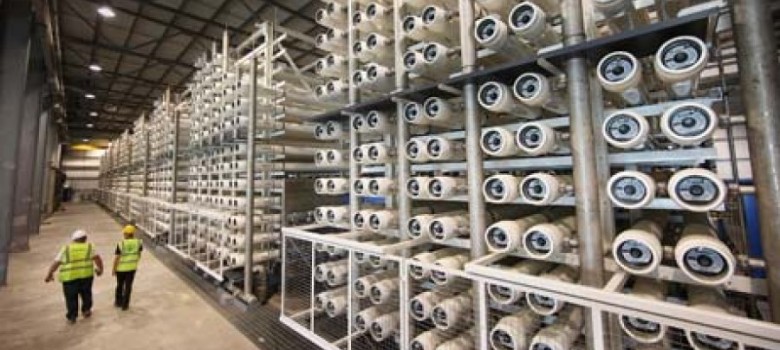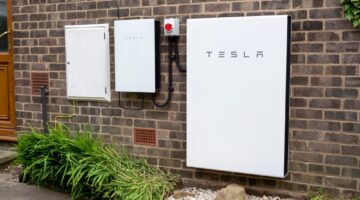
Background – Beckton Desalination Plant
Thames Water first submitted plans to build a desalination plant in June 2004, however despite receiving approval from the London Borough of Newham, the then Mayor of London, Ken Livingstone, directed the council to reject the application because he claimed desalination was ‘unnecessary and unsustainable for the UK’
In 2006, Thames Water appealed this decision and took the case to court, which they won. Mr Livingstone again appealed this decision, however when Boris Johnson was elected shortly after this appeal he dropped the legal action.
In 2008, construction commenced on Beckton Desalination Plant by Acciona Agua and was completed in June 2010, when it was handed back to Thames Water for operation.
The argument for a desalination plant in London was based largely on London being categorised as ‘seriously water stressed’ and with the 8.5m population expected to increase by an estimated 700,000 by 2021, Thames Water felt that in times of drought, the current water infrastructure would simply not be able to handle the increased demand. Beckton is therefore not going to be in operation continuously; only in times of drought to help make up the shortfall that would otherwise result in a loss of supply to customers.
Summary of Key Facts – Beckton Power Plant
The plant itself operates using a four stage reverse osmosis process, firstly the water is taken from the Thames river. The water is collected when the tide is going out in an effort to minimise the salt content. This water is then held in large storage tanks where a coagulant is added which causes large suspended material within the water to drop to the bottom of the storage tanks.
Once any large pieces of debris have been removed, the water is passed through a fine sand filter, which removes smaller particles, readying the water for the reverse osmosis part of the filtration process. The water is then passed in turn through each of the reverse osmosis filters, where pressure is increased each turn to force more water against the osmotic gradient. Once the clean water comes out of the other side of this process, minerals are added, that have been removed during the process.
In the Beckton plant there is a total of 10,460 membranes used throughout the entire reverse osmosis process. One of the major issues with this type of plant is the damage to the membranes due to the high pressure being used. However in the case of this plant, which won’t be used on a continuous basis, this should be less of an issue.
Desalination is relatively costly way of producing potable (drinking) water; it is certainly more costly than treating wastewater; treating seawater with desalination currently uses about 3kWh of energy to transform 1 cubic meter. Beckton is treating a mix of seawater and river water, so it uses about 1.67kWh to transform 1 cubic meter. To transform wastewater into drinking water currently uses 1kWh for transforming the same volume. However, there is still a stigma attached with treating wastewater which Thames Water were looking to avoid.
The plant itself can produce about 150 million litres of water per day, which is enough to supply 400,000 houses in North London. Some of the energy needed to run the desalination plants is obtained using biofuels to help minimise the environmental impact of the plant.
UK Desalination Plants – Next Steps
Some critics of the scheme highlight Thames Water and other water utility suppliers have incredibly high rates of leakage (Thames Water – 25.7%), so the money would be better spent on fixing their existing infrastructure. While in the longer term it is key that the leakage issue be addressed, it is paramount to keep customers in a constant supply of water, so plants like Beckton may become more commonplace across the UK.












If possible can I have a look around of the plant and I need to know more details regarding the process – Please let me know if Possible
I am in Newham council
thanks
Ramesh